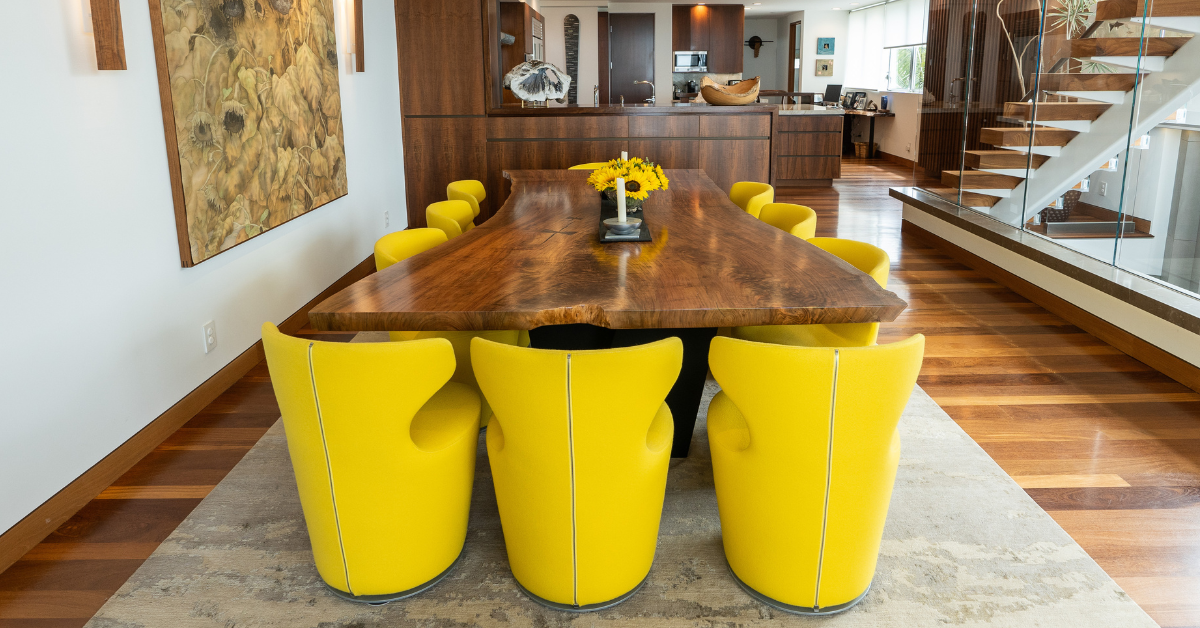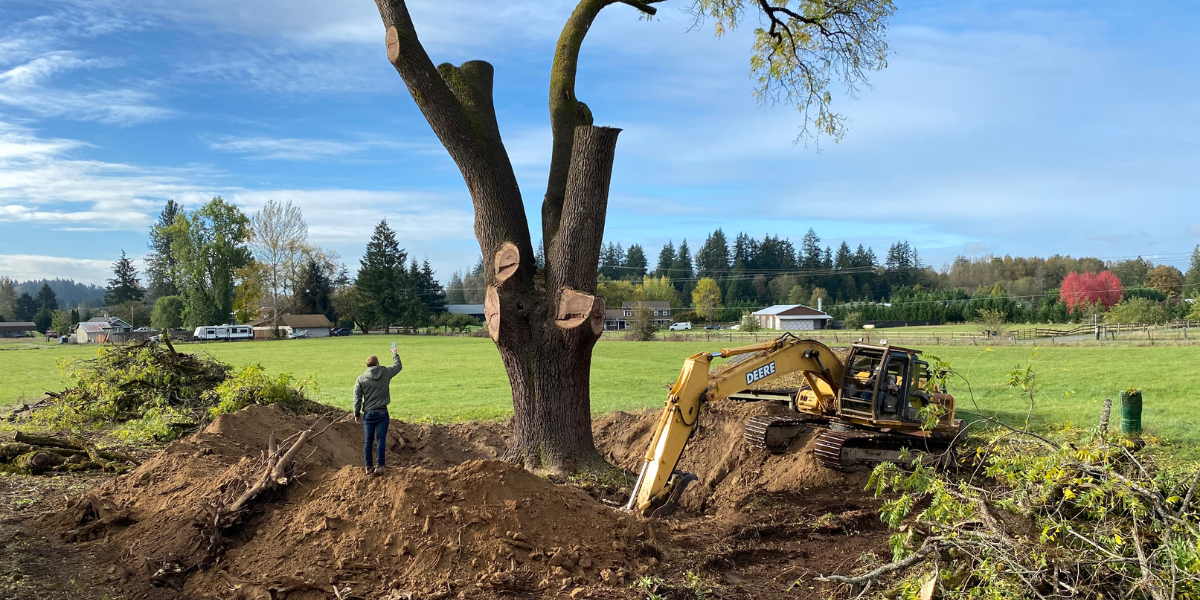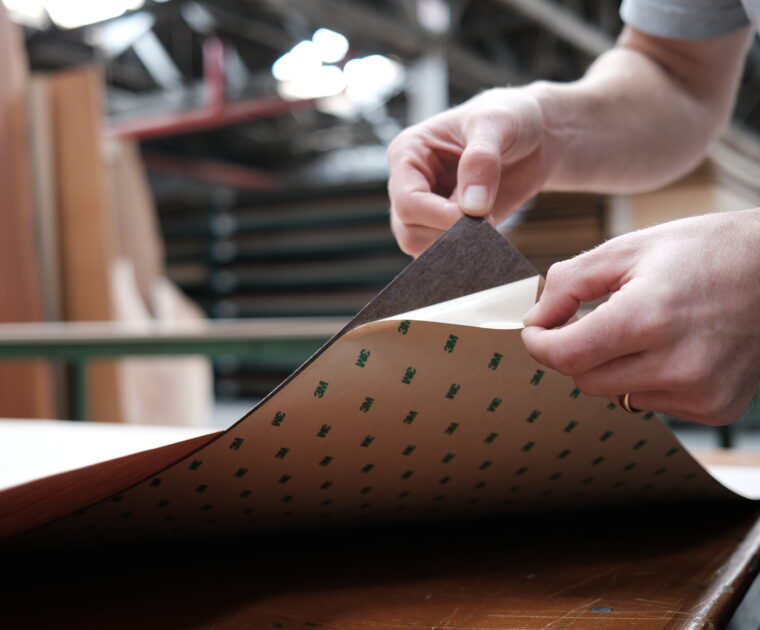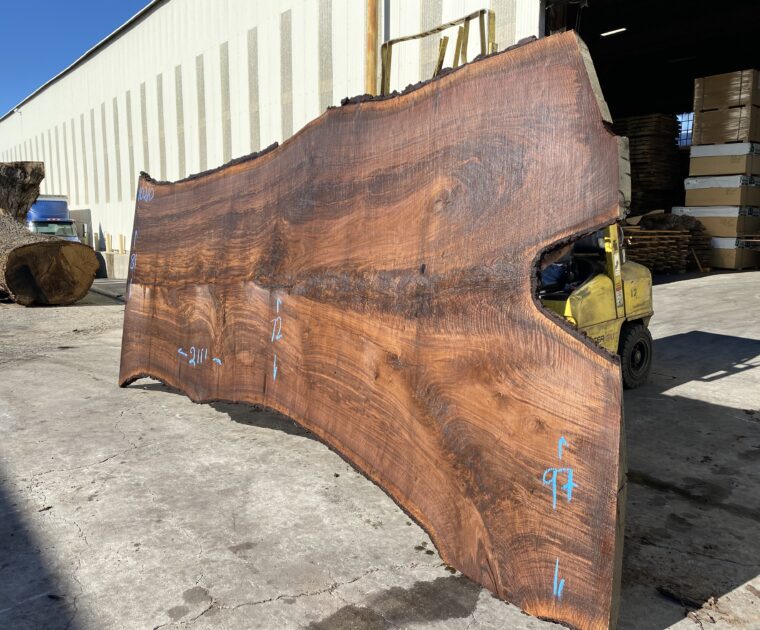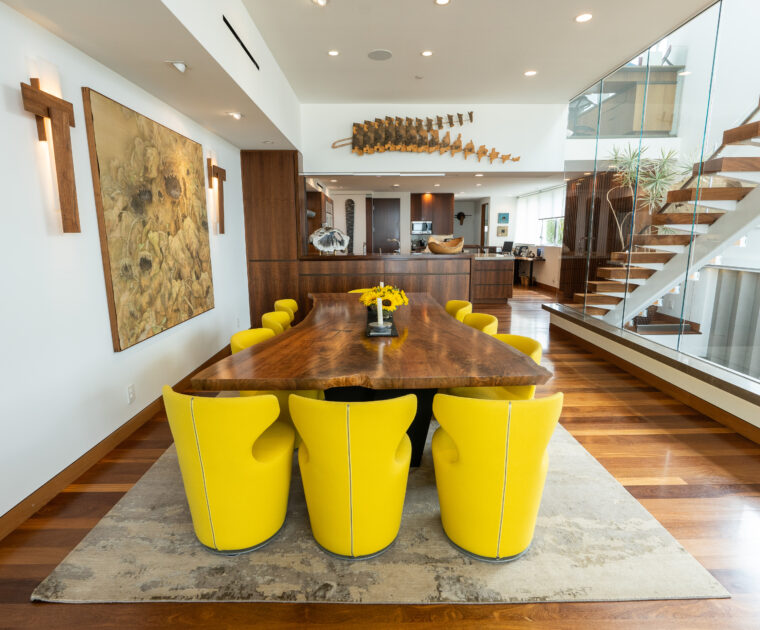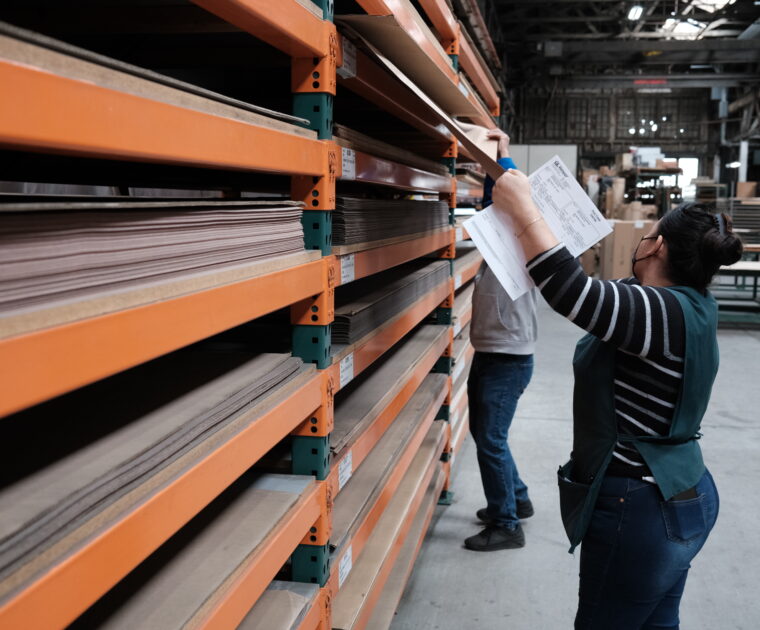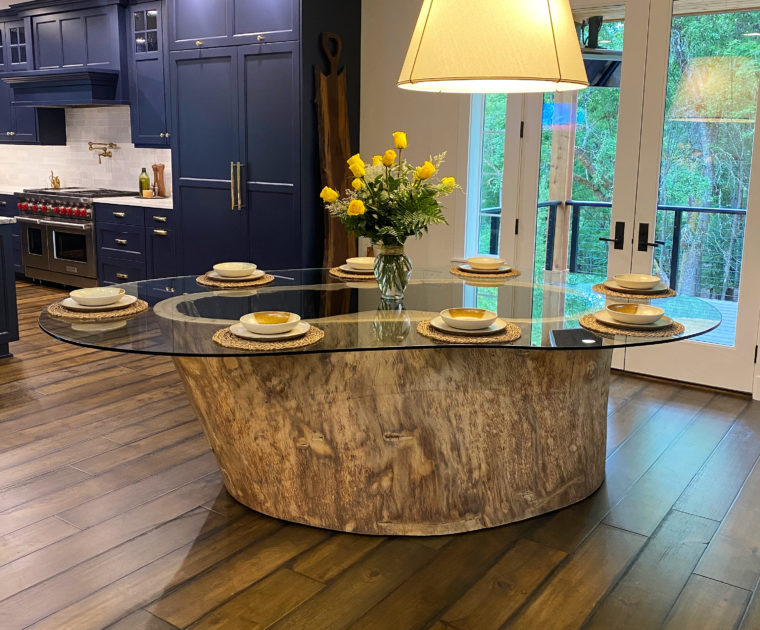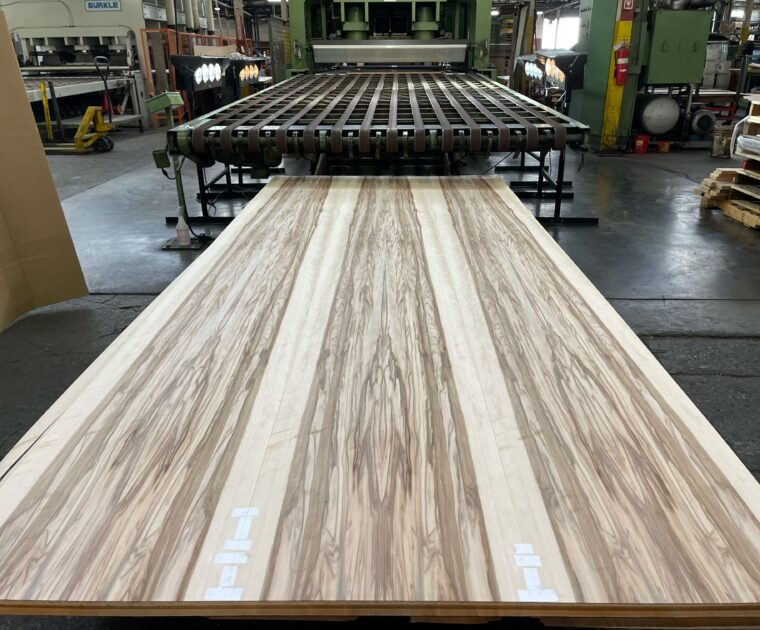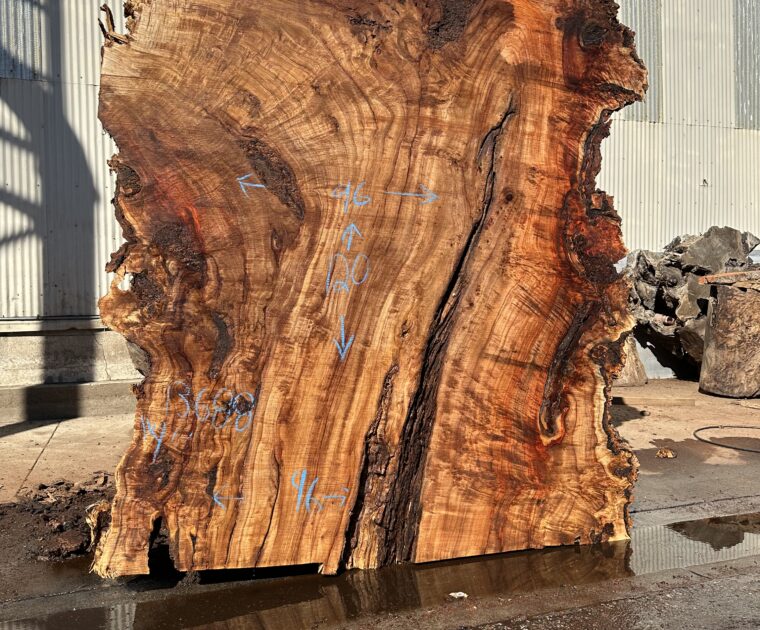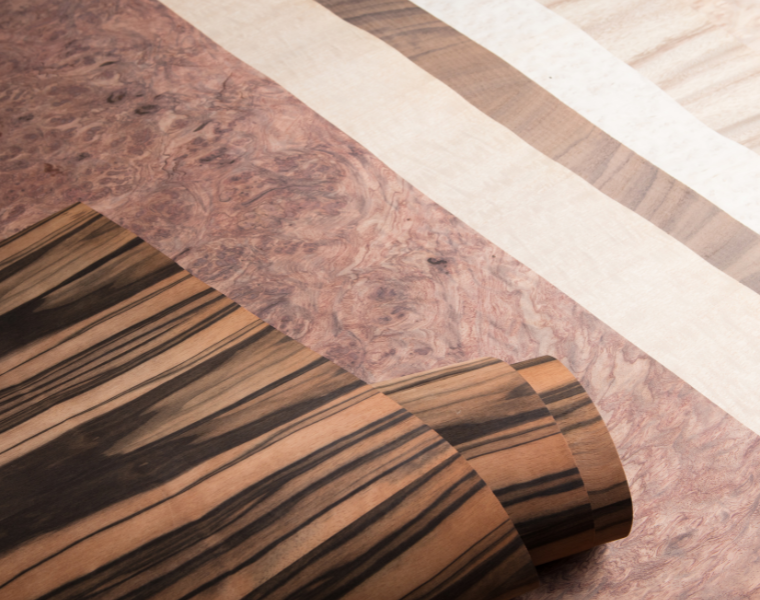Why We Salvage Trees for Live Edge Slabs
The greatest and most common misconception about the wood industry is this: Cutting down any tree is bad. But more than being inaccurate or unfair, that notion has also led to the term “deforestation” becoming synonymous with the act of cutting down any single tree.
And trust us, we know — no one likes the visceral, emotional response we all have when hearing about deforestation. Not you. Not us. Not anybody with a conscience.
The challenge is that most of the time any of us feel that powerful reaction it’s totally misguided and uncalled for. One tree is not a forest. Neither is a dozen trees. Or 100 trees, especially if the story we’re told leaves out the part about 150 trees being planted to replace the 100 that were cut. So, most of the time, when people use the term deforestation, it’s incorrect, unwarranted, and unjustified. But knowing whether that’s the case or not isn’t always easy to figure out.
To help give you a more accurate perspective, here’s the truth about deforestation and the tree harvesting practices of the modern wood industry:
- Currently, there are 3 trillion trees on earth — 8x as many as there were just a decade ago
- There are roughly 422 trees for every human being on earth
- The United States is home to 8% of the world’s forests
- America is home to the 4th largest managed forest land on the planet
- 304 million hectares of forest land cover about one-third of the total U.S. land area
This significant increase in the world’s tree population isn’t due to luck. Or Mother Nature making a healthy shift on her own. It’s by design, the concerted efforts of the wood industry practicing sustainable forestry, selective logging, and planting more trees than it harvests; the U.S. government creating national forests and conserving national parks; and other countries around the world enforcing proper forest management practices.
That said, it is important and necessary to acknowledge that in some parts of the world, deforestation IS an incredible problem, with large swaths of virgin rainforests being cleared every day without a RE-forestation plan. Not only are we not excusing this practice, at GL Veneer we condemn it — it’s deplorable, disgraceful, and ecologically shortsighted.
But the focus here is on the progress many countries are making around the world to combat the thoughtless destruction caused by genuine deforestation.
Importance of Salvaging Trees
Wood is the most environmentally friendly raw material on earth. When a tree grows, it filters carbon dioxide out of the air and stores it in its trunk. So by following the modern practice of “planting more trees than we harvest,” we’re effectively reducing the greenhouse effect caused by carbon emissions when we use today’s wood products.
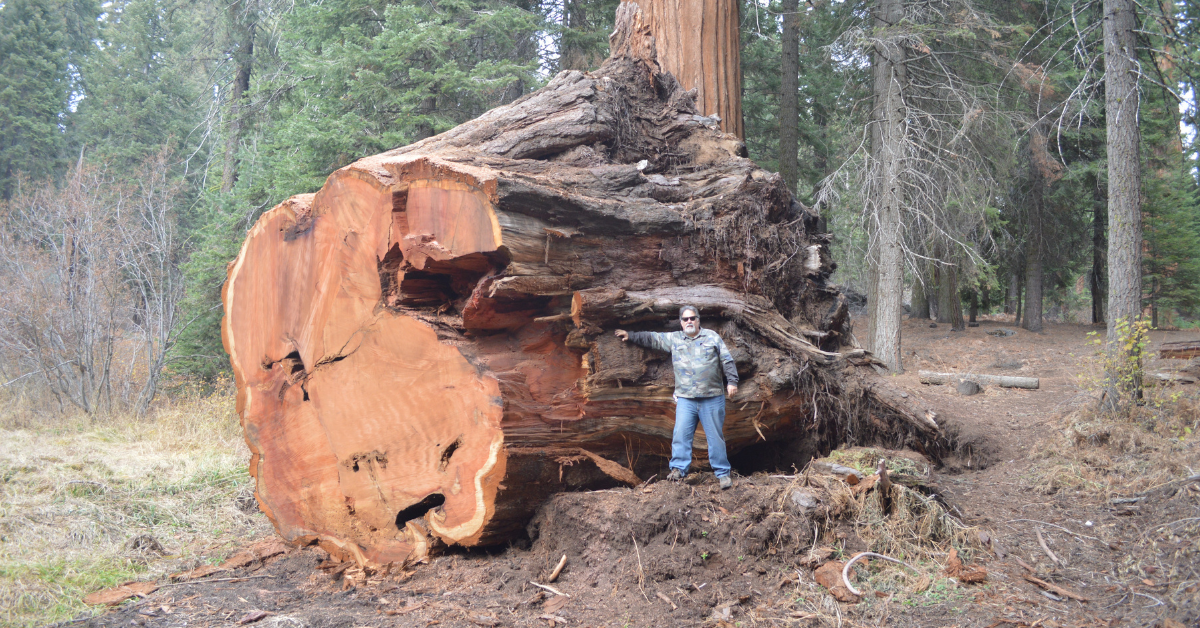
Sourcing Logs
Clearcutting is unacceptable. At GL Veneer, we hold our suppliers responsible for only harvesting mature trees — at the right time. And eventually there’s always a right time. Just like with any garden, proper forest management requires that the crop be harvested before it goes bad and unusable. What’s true for corn, cotton, and roses is just as true for trees.
That’s why we focus on sourcing and reclaiming specific logs that would otherwise be unused, forgotten, burned, or left to rot. It’s not just the most sustainable approach, it’s the most effective way to minimize the negative impact on the environment. Here are a few of the responsible approaches we use to source many of our logs around the world:
Selective Logging
Selective logging is the practice of targeting and removing specific trees in a forest, while leaving the surrounding forest intact. Typically, this method clears a massive gap in the forest canopy that allows rain and sunlight to reach the forest floor — where those life-giving factors help future generations of trees grow and flourish. Selective logging also leaves wildlife habitats intact, preserving the ecosystems that sustain countless animal and plant species, while helping maintain the diversity of the forest.
Windstorms, insects, disease epidemics, wildfires, and other disturbances can wreak havoc on our woodlands. And letting them go unchecked in portions of the environment can put the whole forest at risk. So it’s vital that selective logging be used strategically to minimize the destruction of these natural disturbances — maintaining the overall health of our forests while maximize the useful yield of the precious renewable wood.
Orchards
Planned, designed, and man-made, orchards are wooded areas where specific trees are planted to yield fruit, nuts, or seeds. Eventually, the old or harvested portions of these farmed areas need to be clear-cut to make way for new trees and future harvests.
Without proper planning, though, this type of regular clear-cutting can result in vast amounts of valuable, beautiful wood being thrown away — unused. Or worse, simply burned, since the quickest, most efficient way to dispose of old trees is to create burn piles and set them on fire. Which, ironically, releases the CO2 stored in the trunks of these trees back into the atmosphere as greenhouse gases. Tragically, some of the most amazing wood species like Pecan, Olive, Walnut, and even the perimeter trees used as wind shades are burned to create room for the next generation of trees.
Lucky for us and you, many of GL Veneer’s suppliers have built relationships with a lot of these farms. So we’re able to rescue and repurpose a significant number of these clear-cut orchard logs and burls that otherwise would be burned and completely wasted. It’s a good deal for the farmers too, as they get to dispose of their unwanted wood without having to pay dump fees or manage the log burning process.
Instead the logs are converted into live edge slabs and wood veneer. With a chance to be immortalized in your next project.
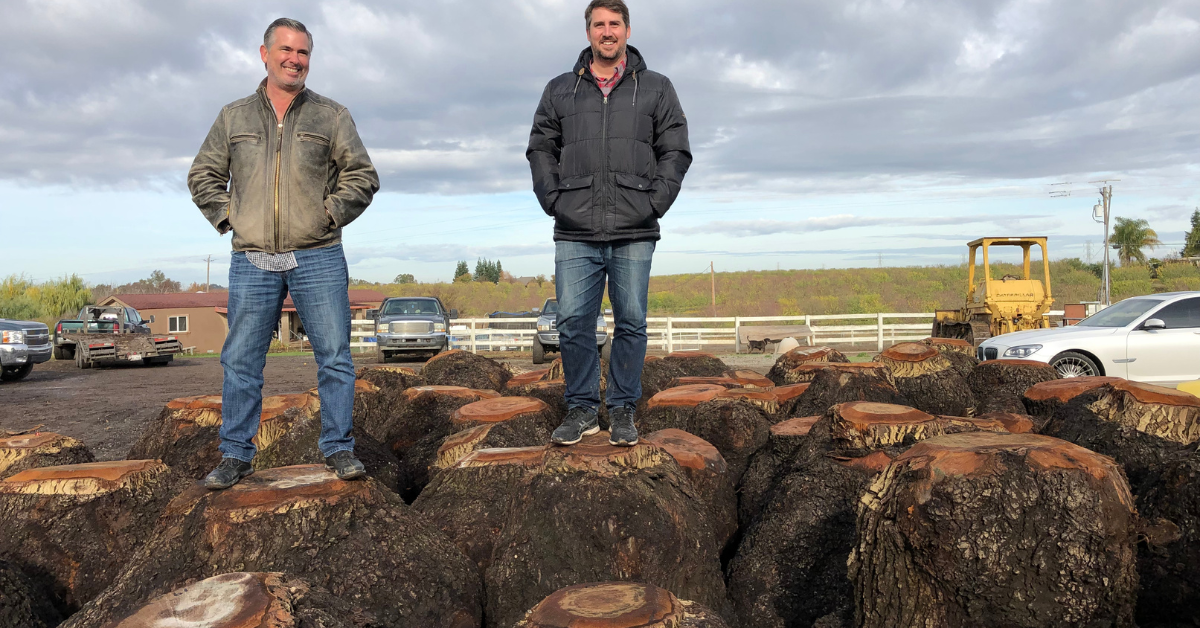 Urban Salvage
Urban Salvage
According to recent estimates, there are close to 5.5 billion trees growing in urban areas throughout the United States. And when these trees need to be removed due to health issues, storms, or infrastructure projects, they’re typically destined for the woodchipper or landfill. Or, like clear-cut orchard trees, burned, which releases the greenhouse gasses trapped in the wood back into the atmosphere.
When a tree falls on a piece of property – public or private – or must be professionally removed, that doesn’t have to signal the end of its usefulness. Urban salvaging is not only growing more common, it’s also becoming the go-to approach for removing many mature trees that would otherwise be wasted or underutilized. An avid practitioner of urban salvaging, we’ve rescued hundreds of trees from urban areas, with much of the rescued wood yielding some of the most amazing slabs and veneers.
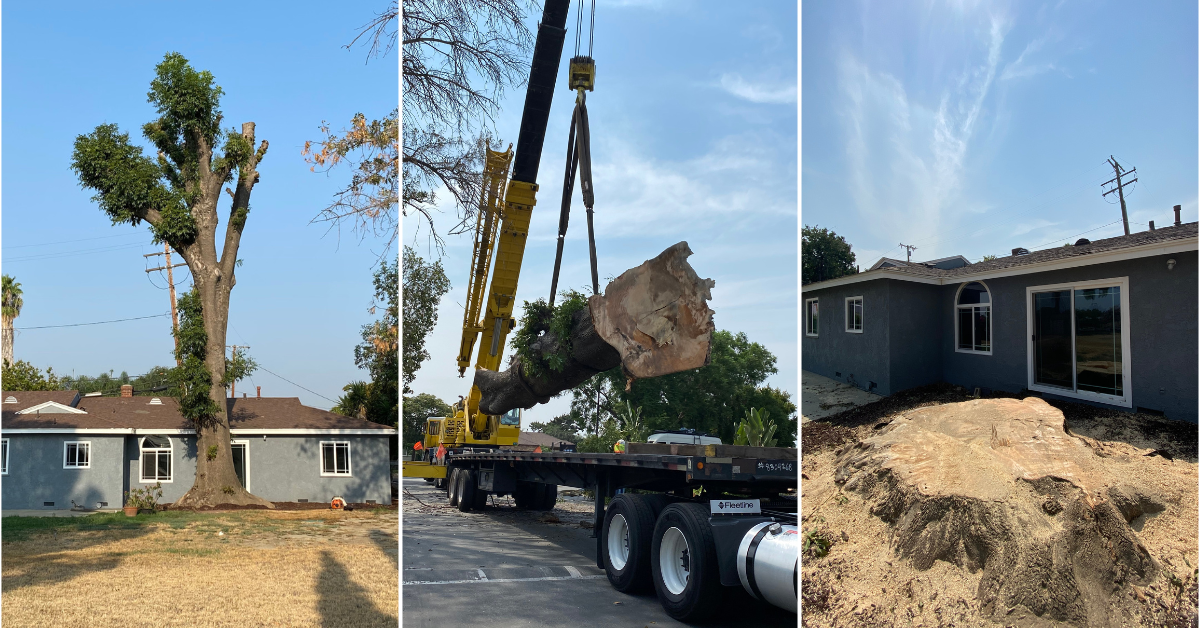
Giving Trees a Second Life
Once a tree has died, fallen, or been professionally removed, its time on earth doesn’t have to end. In fact, in the eyes of GL Veneer, its life’s journey is far from over. By salvaging and reclaiming these fallen giants and transforming them into wood material you can enjoy forever, we’re effectively giving them a second life … in your life.
Whether they’re converted into wood veneer or live edge slabs, the story of these repurposed trees is just beginning, the beauty of their wood poised to be showcased forever.
Creating the opportunity for all of us to celebrate the second life of these amazing trees is both a privilege and an honor. Paying homage to them is the least we can do.
